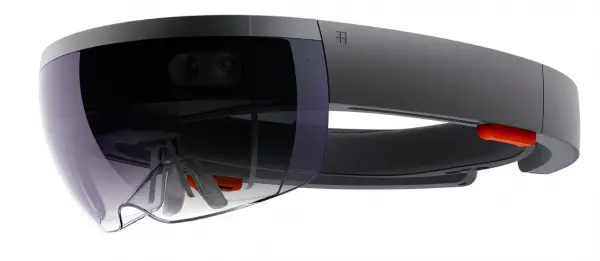Microsoft recently announced big updates both on the hardware as well as software front. A new VR headset was part of the entire deal. But Microsoft is not the one developing them, it’s left to the OEMs. So, Lenovo, HP and Dell are taking charge and making Microsoft’s first-ever Windows VR headset.

Although the company revealed plans of a VR possibility at Computex 2016, this decision was confirmed at the recent event. Microsoft’s solid computing platform will now cross over to the world of virtual reality. Microsoft has partnered with companies like HP, ASUS, Lenovo, Dell and Acer to bring a variety of affordable PC-compatible VR headsets, all of which will start at a standard price of $299.
The VR headsets will be complemented by Microsoft’s latest Creators Update that plans to bring a lot of new services as well as improvements to existing services on Windows 10. This announcement creates a sense of danger for the likes of Oculus Rift and HTC Vive that have been selling their PC-grade VR headsets for well over $500 till now. With the big daddy of software coming up with cheaper alternatives, their only option will be to cut down on profits in the near future.
And, that’s not the only thing that Microsoft announced in VR/AR. Microsoft is also developing the HoloLens, an augmented reality headset that lets you view virtual 3D objects and animations on top of the real world. At the event, the company demoed how Microsoft Edge works in the HoloLens. With a Houzz demo, you can grab a 3D object with the headset and project it to your living room. This makes it possible to interpret how certain things may look like in reality.
The company also launched a new app, specifically made for the AR experience. Called HoloTour, this app is reminiscent of the Google Cardboard app and lets you travel to places across the world, sitting in the luxury of your home.
If you were not sleeping, MS mentioned this ONE year back and stopped ASUS VR headset which was going against HTC Vive. Mark knows about it. That’s y he is making untethered Rift headset without Chaperones and room controllers for 6d.